Beautiful Salalah: 17 Stunning Reasons to Visit Oman’s Lush Paradise
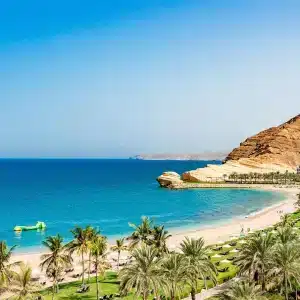
Tucked away in the Dhofar region of southern Oman lies a place that shatters every desert stereotype—beautiful Salalah. With emerald green mountains, mist-covered waterfalls, ancient ruins, and coastlines kissed by the Indian Ocean, Salalah offers a serene and awe-inspiring escape that few travelers expect. This captivating destination merges natural wonders with rich cultural heritage, creating the perfect backdrop for unforgettable adventures.
Beautiful Salalah
The term “desert paradise” might sound contradictory—until you discover beautiful Salalah. Unlike the sandy, scorching landscapes typically associated with Arabia, Salalah surprises and delights with a palette of green hills, ocean breezes, and cool mists. Especially during the Khareef season, the region transforms into a lush oasis that feels more like Sri Lanka or Kerala than Oman. This rare microclimate, shaped by monsoon winds, gifts Salalah with a biodiversity and charm that attracts travelers from around the globe.
The Green Heart of Oman
What truly sets Salalah apart is its verdant heart. Thanks to the southwest monsoon, the region receives seasonal rains that drape the mountains in green, create flowing rivers, and fill natural pools. The vegetation blooms and the air cools, creating a striking contrast to the rest of the Arabian Peninsula. This phenomenon isn’t just a visual treat—it’s also the lifeblood of local culture and traditions.
Wadi Darbat Wonders
Among the jewels of beautiful Salalah is Wadi Darbat—a valley straight out of a storybook. Picture turquoise waters winding through rolling green hills, with cascading waterfalls echoing in the background. Visitors can kayak, take paddleboats across the river, or simply sit with a picnic under the shade of ancient fig trees. It’s serene, scenic, and unforgettable.
Mughsail Beach and Blowholes
One of Salalah’s most photogenic spots, Mughsail Beach stretches along dramatic cliffs with silky sands and turquoise waters. At its western edge, the famous blowholes at Marneef Cave shoot seawater skyward during high tide. Watching the waves crash against the rocks and the ocean mist rise is a humbling, beautiful experience.
Al Baleed Archaeological Park
Travel back in time at this UNESCO-listed heritage site. Al Baleed was once a major port in the frankincense trade and is now an open-air museum showcasing ancient walls, tombs, and mosques. The adjacent Frankincense Land Museum gives insights into the region’s historical importance and deep-rooted connections to global trade.
Salalah in the Khareef
From July to September, Salalah undergoes its most dramatic seasonal shift. During the Khareef, clouds roll in, temperatures drop, and gentle rain nourishes every inch of land. Hills become lush, waterfalls multiply, and every road trip becomes a scenic drive through misty magic. It’s the best time to see Salalah’s full splendor.
Taqah Castle and Village
Located east of Salalah, Taqah is a charming coastal town with a castle dating back to the 19th century. Visitors can explore the fort’s towers and traditional rooms while enjoying panoramic views of the sea and surrounding villages. It’s a beautiful blend of history and landscape.
Ayn Athum and Ayn Khor
These lesser-known springs offer intimate experiences with nature. Ayn Athum features a narrow valley and a waterfall that gushes powerfully during Khareef. Ayn Khor, on the other hand, is known for its tranquil setting and natural rock formations. Both are perfect spots to disconnect and soak in Salalah’s serenity.
Frankincense Legacy
Salalah is the cradle of frankincense—a tree resin once worth its weight in gold. Its bark still bleeds a fragrant sap that’s harvested and used in perfumes, incense, and rituals. Visit the plantations and try traditional Omani incense burners to fully appreciate this gift of nature.
Salalah’s Fruit Farms
Forget dates and desert fare—Salalah’s coastal farms are filled with bananas, coconuts, papayas, and sugarcane. These tropical delights grow thanks to the region’s fertile soil and climate, giving the city a surprisingly exotic taste profile. Fresh juices from roadside stalls are a must-try!
Mirbat and Beyond
A short drive from Salalah brings you to Mirbat, a picturesque town where old Omani architecture meets quiet fishing life. It was once a hub of Arabian horse trade and today offers coral beaches, camel sightings, and a peaceful vibe ideal for a day trip.
Jebel Samhan Nature Reserve
Towering cliffs and wildlife await at Jebel Samhan. This protected area is one of the last refuges for the elusive Arabian leopard. Even if you don’t spot the big cat, the panoramic views over Salalah’s mountains and valleys will steal your breath.
Sultan Qaboos Mosque
A marvel of Islamic architecture, Salalah’s Sultan Qaboos Mosque is a vision in white marble, with manicured gardens and an expansive prayer hall. It’s not only a place of worship but also a serene spot that captures the city’s spiritual elegance.
Salalah Corniche
Take a stroll along the Corniche and enjoy views of the Indian Ocean, local cafes, and evening breezes. It’s a popular spot for both locals and tourists, and the best place to people-watch or unwind after a day of exploring.
Beaches You’ll Never Forget
Al Fazayah Beach, with its dramatic cliffs and seclusion, is ideal for swimming and relaxation. Dahariz Beach is great for family outings. Each coastal stretch in Salalah offers something different, yet all share unmatched beauty.
Cultural Experiences in Salalah
From the musical sounds of the Rababa to traditional Dhofari clothing and hospitality, Salalah welcomes visitors with open arms. Don’t miss local dances, folklore storytelling, and camel races if you visit during festival seasons.
Travel Tips for Visiting Salalah
Best time: July to September (Khareef) for green landscapes; November to March for sunny escapes.
What to pack: Light rain gear, breathable clothes, a good camera, and hiking shoes.
Getting around: Car rentals are ideal, but taxis and tour guides are widely available.
Language: Arabic is spoken widely; English is common in tourist areas.
FAQs
What makes Salalah so beautiful?
Its rare monsoon climate, green hills, waterfalls, and serene beaches create a unique and stunning environment in the Arabian Peninsula.
Is Salalah worth visiting outside Khareef?
Yes! While Khareef is lush and green, winter and spring offer clear skies, great weather, and fewer crowds.
Can I see wildlife in Salalah?
Absolutely. You can see camels, flamingos, and rare Arabian leopards in protected areas.
Is Salalah expensive for tourists?
Not at all. Salalah is affordable, with many budget-friendly accommodation and food options.
Are beaches in Salalah swimmable?
Yes, most beaches are clean, safe, and swimmable, though tides can vary by season.
What cultural sites should I visit in Salalah?
Al Baleed Archaeological Park, Sultan Qaboos Mosque, and Taqah Castle are top cultural highlights.

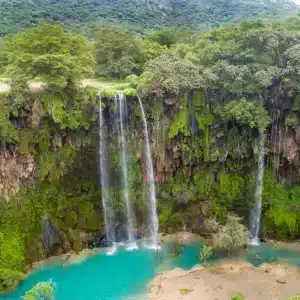
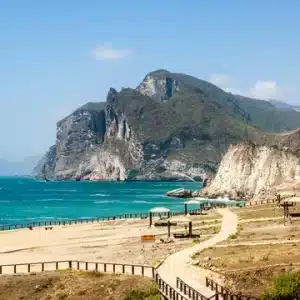
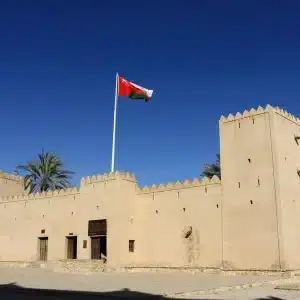
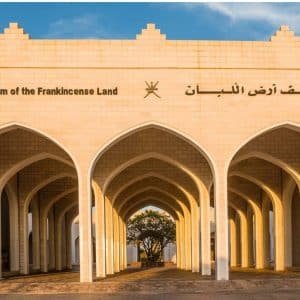
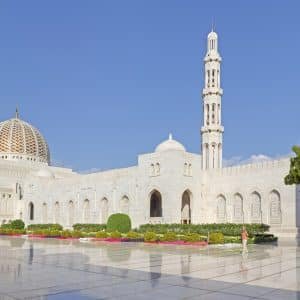



Comment (0)